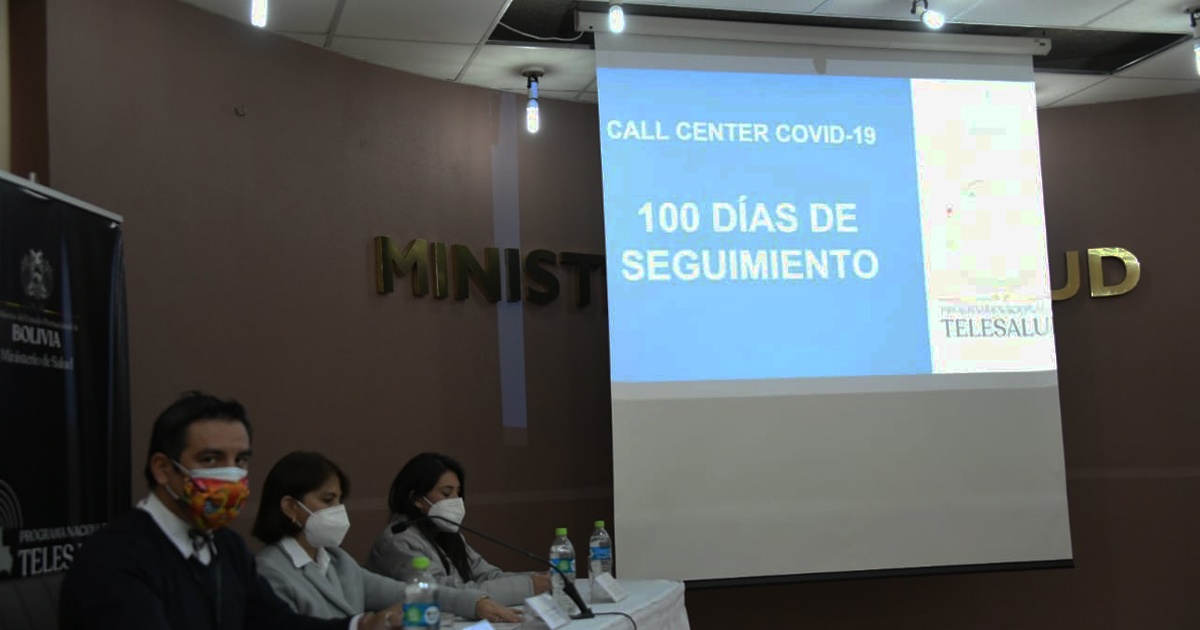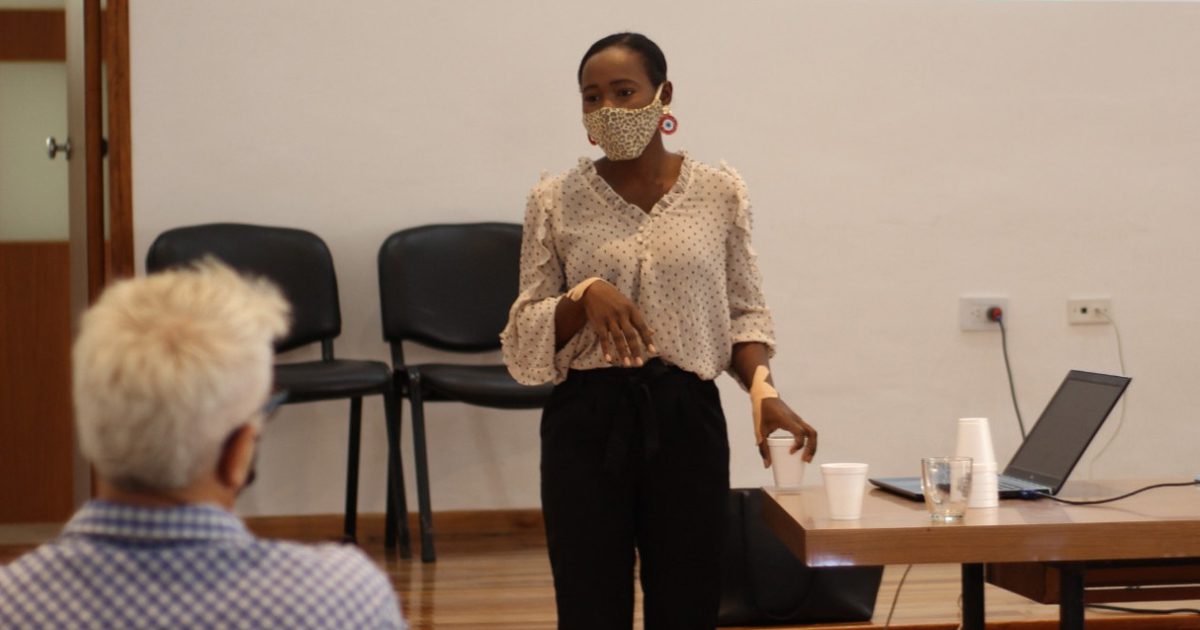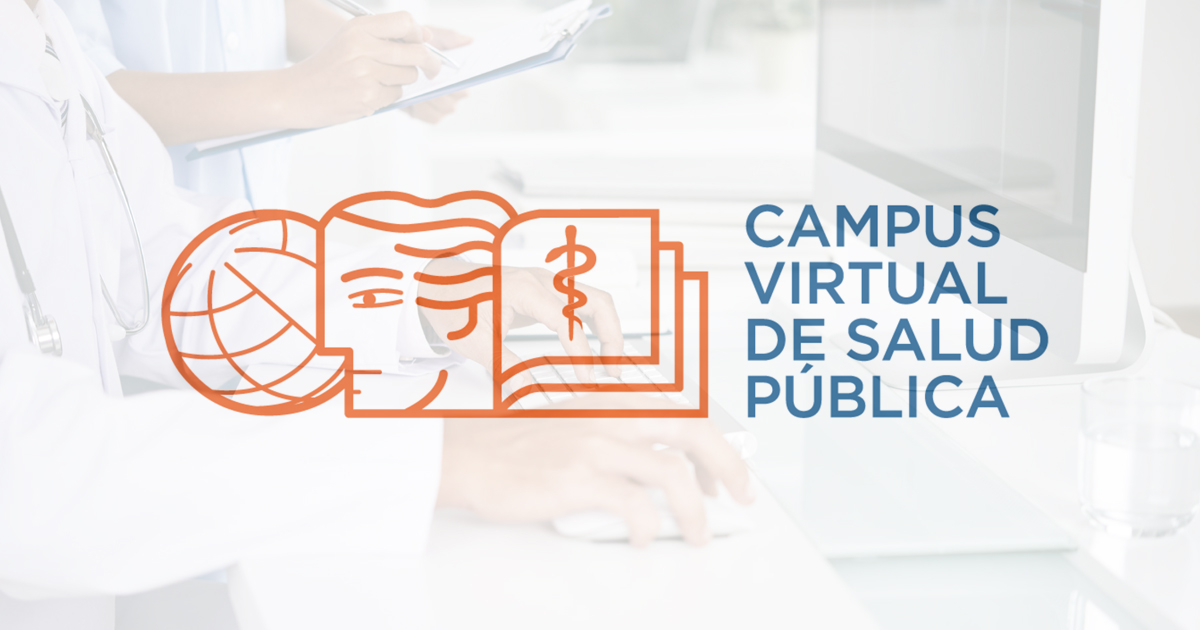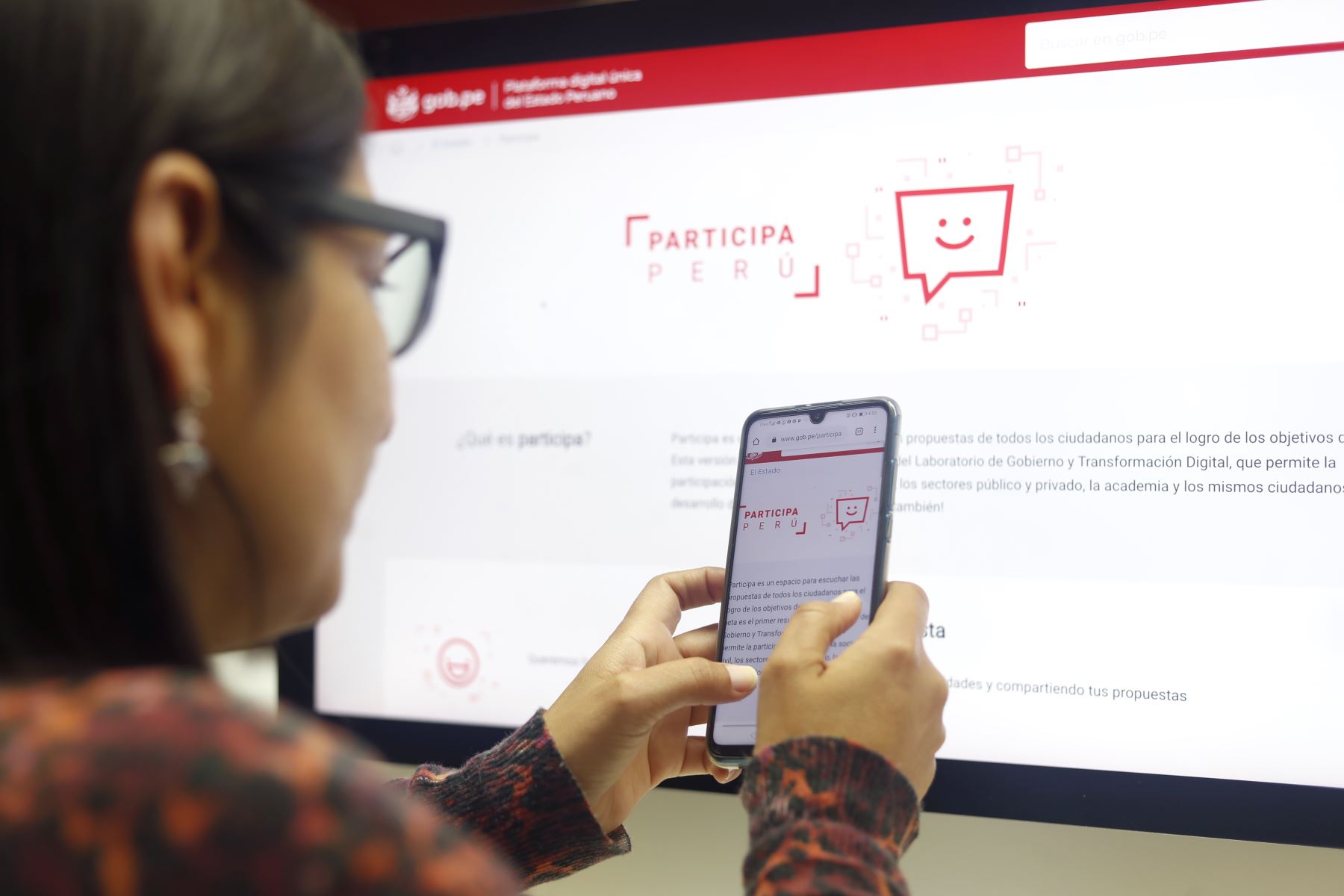Bolivia began its telehealth strategy in 2013, seven years ago. This year, just one month before the first case of COVID-19, its modality changed to teleconsulting what was important to answer thousands of calls during the pandemic.
From the first weeks of February, Bolivia's government has enabled a free hotline to resolve public doubts about the new coronavirus. On February 13, the Call Center was enabled with the support and work of 50 professionals. Between psychologists and physicians, they resolved doubts from the population about COVID-19 care, health measures and recommendations. The purpose of the consultations was to function as a filter to identify suspected cases and apply appropriate measures and tests.

The call center operated seven days a week, 24 hours a day and was attended by professionals from various institutions under the Ministry of Health such as the Emergency Coordinating Center in National Health, National Information System in Health and Epidemiological Surveillance, SAFCI program, My Health, Bono Juana Azurduy and Telesalud.
On 10 March the Ministry of Health confirmed the first two cases of COVID-19 in Bolivia and by 12 March the Bolivian government declared a state of health emergency by COVID-19 and adopted the first quarantine and social distancing measures that would be in force until 10 May. Following the advent of contagion and the inevitable community transmission, the call center changed its operation and by 16 March it already had 108 doctors trained to monitor potential suspected cases.
Towards the end of June, the Bolivian government reported that the COVID-19 call center received 220,000 consultations since the start of activities in March, and that 3,278 people classified as suspected cases received medical monitoring and follow-up, of which 25% were confirmed as positive cases.
Juan Pablo Escalera, coordinator of the Telesalud program at the national level, mentioned in June that the follow-up program was led by 175 doctors who tracked patients with COVID-19 symptoms through teleconsultation on digital platforms. By October, nearly 8,000 patients had been monitored, 14% of whom received medical care in hospitals.
On the other hand, Escalera mentions that 338 municipalities have telemedicine services among them the municipalities of the department of Santa Cruz the department with the largest territorial extension and also the most populous in Bolivia. Lina Flores, who serves as departmental coordinator in Santa Cruz of the Telesalud program, exemplified how the service provided to patients calling from within the country works: “A patient can call from Comarapa and if the call center doctor (who is physically in La Paz) finds him suspicious, he is ousted to the Santa Cruz team, who, in turn, , puts you in touch with your doctor at Comarapa for phone follow-up. Only if you require medical attention or hospital stay is you sent where appropriate.”
Flores explained the challenges of making a telehealth strategy through the call center, in the case of teleconsultas, these are usually done by video call and not the entire population has access to such services. In addition, he commented that there were times when ambulances were not enough to refer patients to a hospital. However, he acknowledged the role of these tools during the pandemic: “Telesalud helped prevent the saturation of health facilities, making it possible to manage mild and moderate cases within homes through teleconsultation.”






